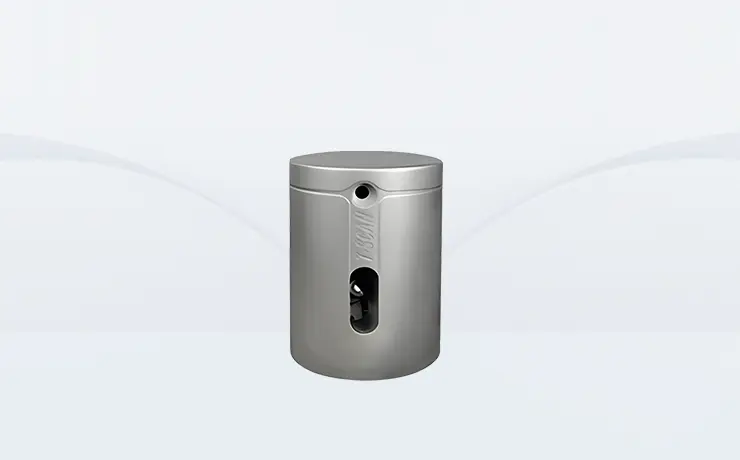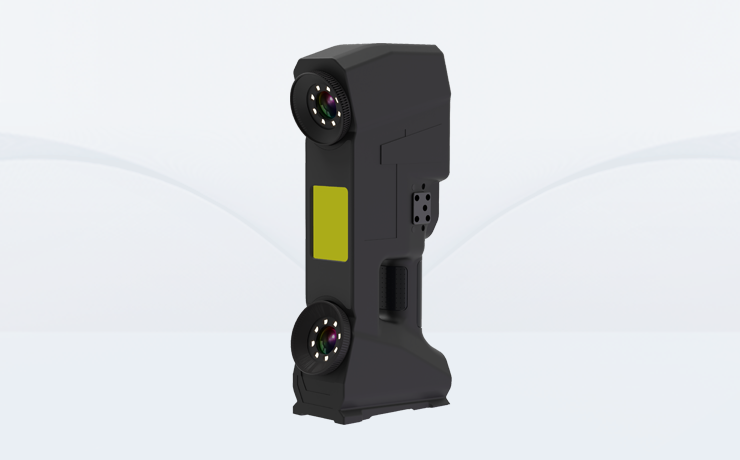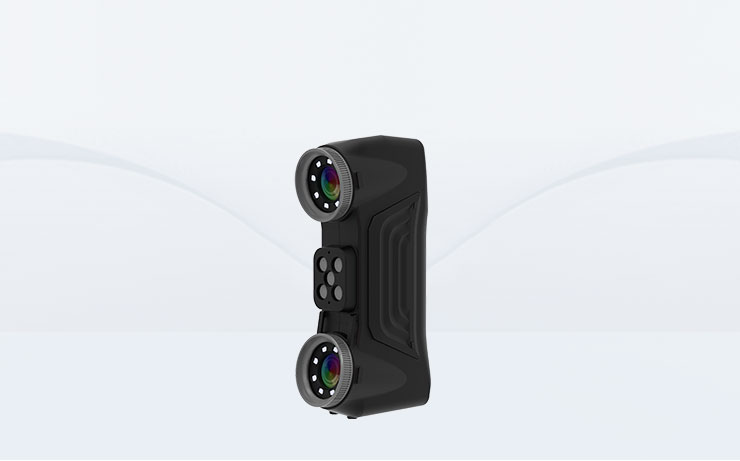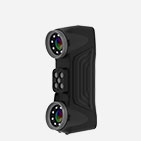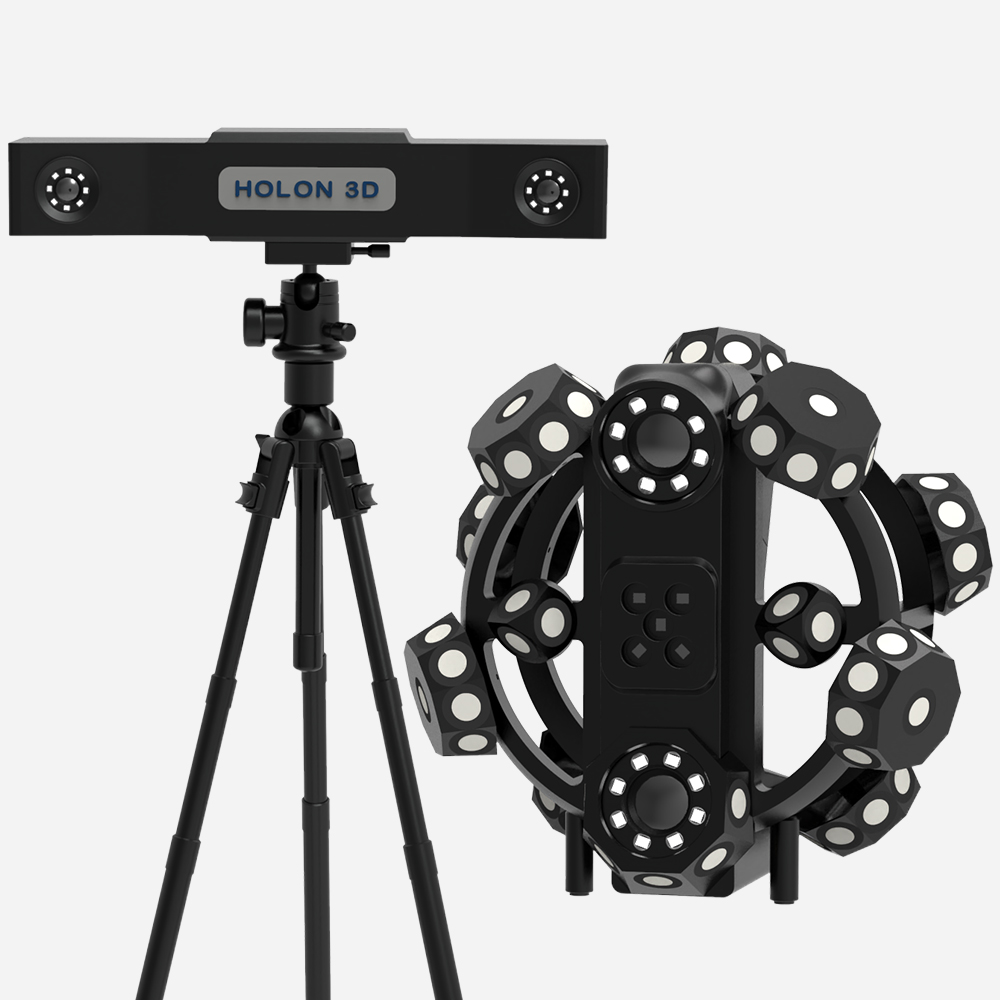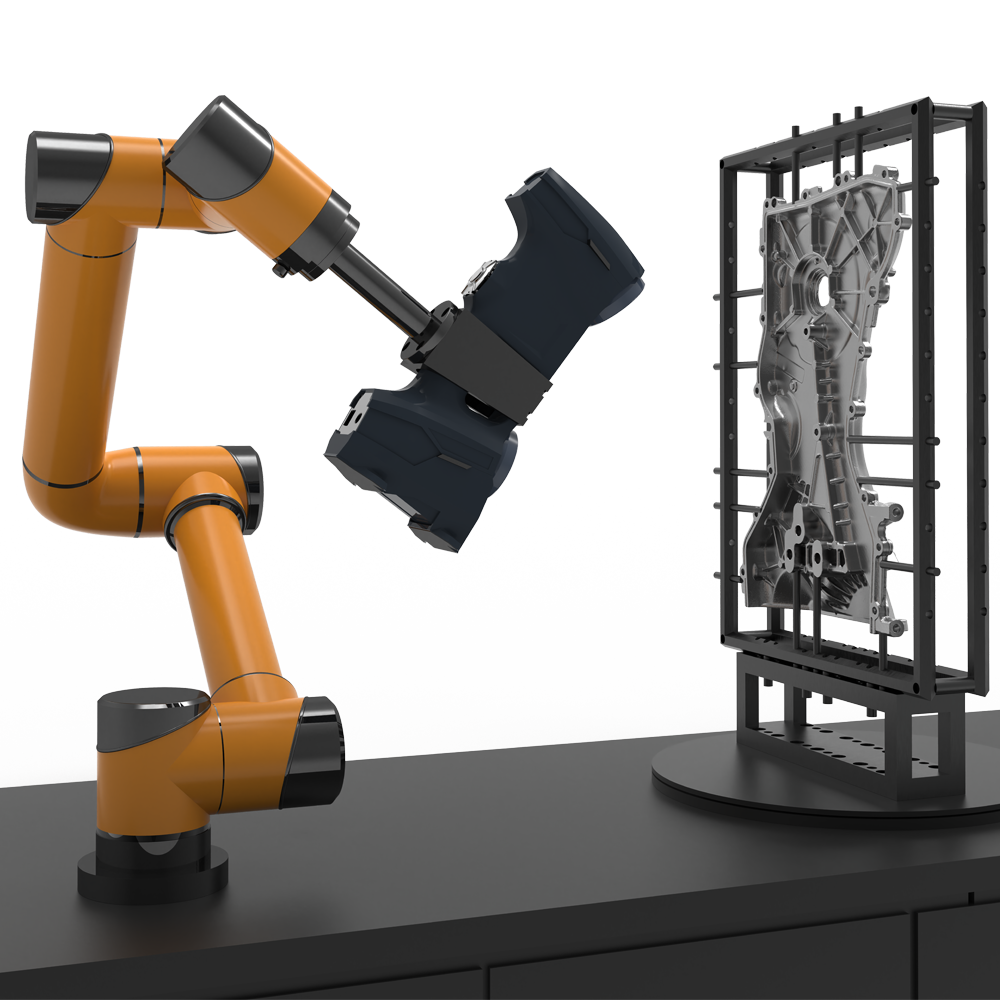- A +
- A
- A -
Digital impression technology: intuitively showing the condition of teeth
Digital impression-taking technology is as convenient as scanning a document. In just a few minutes, three-dimensional images of soft and hard tissues such as teeth and gums can be clearly and intuitively presented on the computer. This technology not only allows patients to see the condition of their teeth at a glance, but also helps them deeply understand the treatment plans provided by doctors.
The key role of oral scanners in tracking treatment results
Oral scanners play a crucial role in tracking and monitoring treatment effects. During the follow-up visit, patients can not only visually see the current status of their teeth, but also clearly compare it with previous scan results to easily demonstrate the changes brought about by treatment.
Digital Dental Scanner: Advancing Advances in Restorative Oral Medicine
The introduction of digital oral scanners and the application of digital impression-taking technology have undoubtedly brought revolutionary changes to prosthodontic medicine. They make oral treatment more precise, comfortable, efficient and safe, opening a new chapter in digital medicine and marking a new level of oral treatment technology.
Digital impression technology: guarantee of high precision
Another notable feature of digital impression-taking technology is its high accuracy. Through scanning, this technology can directly input the prepared shape of the teeth into the computer, thus avoiding errors that may occur in the traditional process of taking impressions and pouring models. In the later stage, precision processes such as 3D printing and cutting were used to produce the dentures to ensure the accuracy of the denture restorations.
Application of oral scanner in dental digital navigation implantation and invisible orthodontics
Oral scanners are not only used for routine dental scanning, but can also be used for digital oral navigation implants and invisible orthodontic diagnosis and design for uneven teeth. Compared with traditional silicone rubber impression-taking, digital technology allows doctors to more accurately observe the patient's bite situation and conduct full-scale predictive planning of orthodontic target positions. In addition, it can assist in preoperative implant guide design, reduce surgical flaps, and achieve minimally invasive and precise implant placement.
